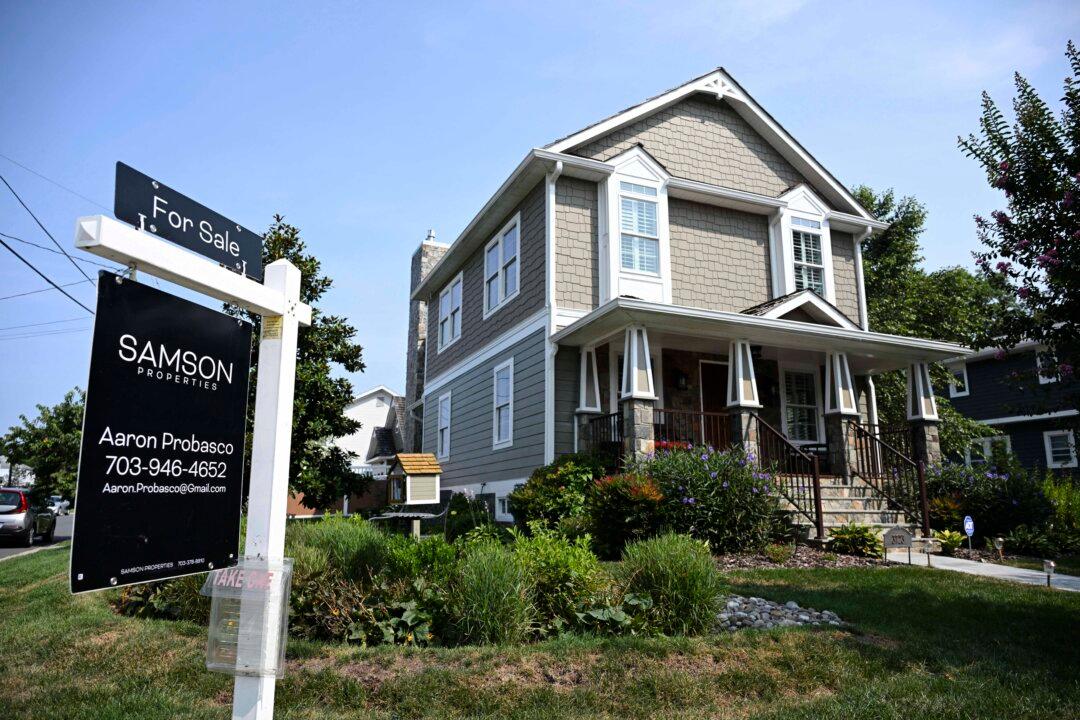Housing markets in several counties of New York, Illinois, and California are now considered to be in a highly precarious position, vulnerable to affordability challenges and an increasing number of foreclosures, according to real estate analytics company ATTOM Data Solutions.
Of the 50 counties in the country that are most susceptible to property value declines, 24 are in three major areas, according to a Dec. 3 report from ATTOM. California accounted for the highest number of counties at 13, followed by six in Illinois, and five in or near New York City. New Jersey and parts of Florida also had “high concentrations of the most-at-risk markets in the country.” Counties were deemed to be at risk after analyzing third-quarter property market conditions.





